
Henry Raspe was the Landgrave of Thuringia from 1231 until 1239 and again from 1241 until his death. In 1246, with the support of the Papacy, he was elected King of Germany in opposition to Conrad IV, but his contested reign lasted a mere nine months.
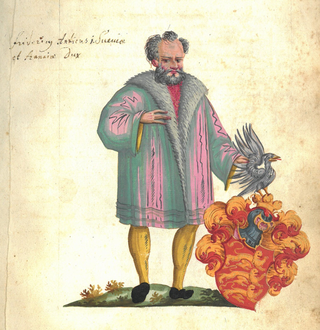
Frederick I before 21 July was Duke of Swabia from 1079 to his death, the first ruler from the House of Hohenstaufen (Staufer).

Leopold VI, known as Leopold the Glorious, was Duke of Styria from 1194 and Duke of Austria from 1198 to his death in 1230. He was a member of the House of Babenberg.

Conrad was the landgrave of Thuringia from 1231 to 1234 and the fifth Grand Master of the Teutonic Order from 1239 to 1240. He was the first major noble to join the military order.
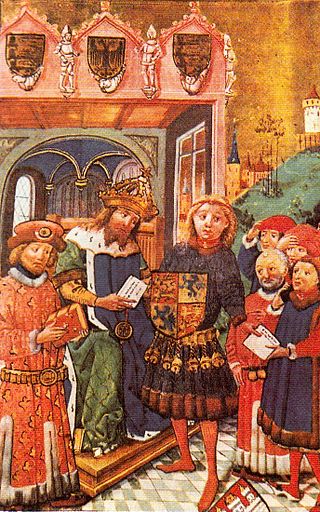
Otto I of Brunswick-Lüneburg, a member of the House of Welf, was the first duke of Brunswick-Lüneburg from 1235 until his death. He is called Otto the Child to distinguish him from his uncle, Emperor Otto IV.

Gertrude of Süpplingenburg was Duchess of Bavaria, Margravine of Tuscany, and Duchess of Saxony by marriage to Henry X, Duke of Bavaria, and Margravine of Austria and Duchess of Bavaria by marriage to Henry II, Duke of Austria. She was regent of Saxony during the minority of her son Henry the Lion in 1139–1142.

Henry V, the Elder of Brunswick, a member of the House of Welf, was Count Palatine of the Rhine from 1195 until 1212.
Theodoric I, called the Oppressed, was the Margrave of Meissen from 1198 until his death. He was the second son of Otto II, Margrave of Meissen and Hedwig of Brandenburg.
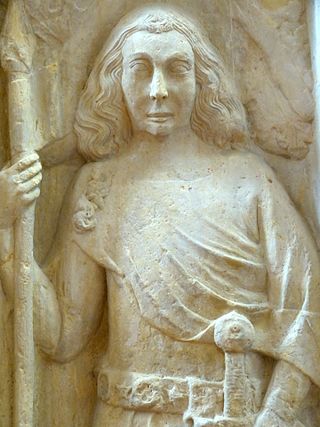
Louis I was ruler of Thuringia from 1123 to 1140.

The Duchy of Franconia was one of the five stem duchies of East Francia and the medieval Kingdom of Germany emerging in the early 10th century. The word Franconia, first used in a Latin charter of 1053, was applied like the words Francia, France, and Franken, to a portion of the land occupied by the Franks.
Beatrice II reigned as Countess Palatine of Burgundy from 1205 until her death. She was a member of the Swabian Hohenstaufen dynasty, the daughter of Count Otto I of Burgundy and Margaret, Countess of Blois, thereby a granddaughter of Emperor Frederick Barbarossa.
Ulric II was the Margrave of Istria from 1098 until circa 1107 and Carniola from 1098 until his death. He was the second son of Ulric I and Sophia, a daughter of Bela I of Hungary. He was thus of royal blood.

Berthold III, a member of the Bavarian House of Andechs, was Margrave of Istria from 1173 until his death.
Otto II, the Rich, a member of the House of Wettin, was Margrave of Meissen from 1156 until his death.
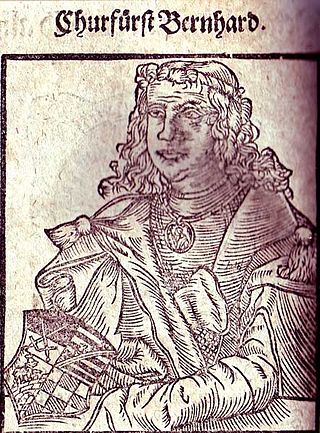
Bernhard, a member of the House of Ascania, was Count of Anhalt and Ballenstedt, and Lord of Bernburg through his paternal inheritance. From 1180 he was also Duke of Saxony.
Engelbert III, Count of Gorizia was a member of the Meinhardiner dynasty. He ruled the County of Gorizia from 1191 until his death.
Herman II, Count of Weimar-Orlamünde was a member of the House of Ascania. He ruled the County of Weimar-Orlamünde from 1206 until his death.

Matilda of Andechs was a daughter of Margrave Berthold I of Istria and his first wife, Hedwig of Dachau-Wittelsbach, daughter of the Bavarian Count palatine Otto IV of Scheyern.

Ludwig II, Landgrave of Thuringia, nicknamed Louis the Iron.
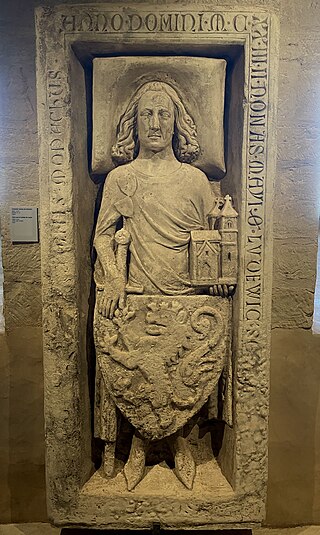
Louis the Springer, sometimes called Louis the Jumper or Louis the Leaper, was a German nobleman and count in Thuringia from 1080 until his death. Little is known about him, although he is mentioned in many legends. He was a prominent opponent of the Salian emperors Henry IV and Henry V during the Investiture Controversy.













